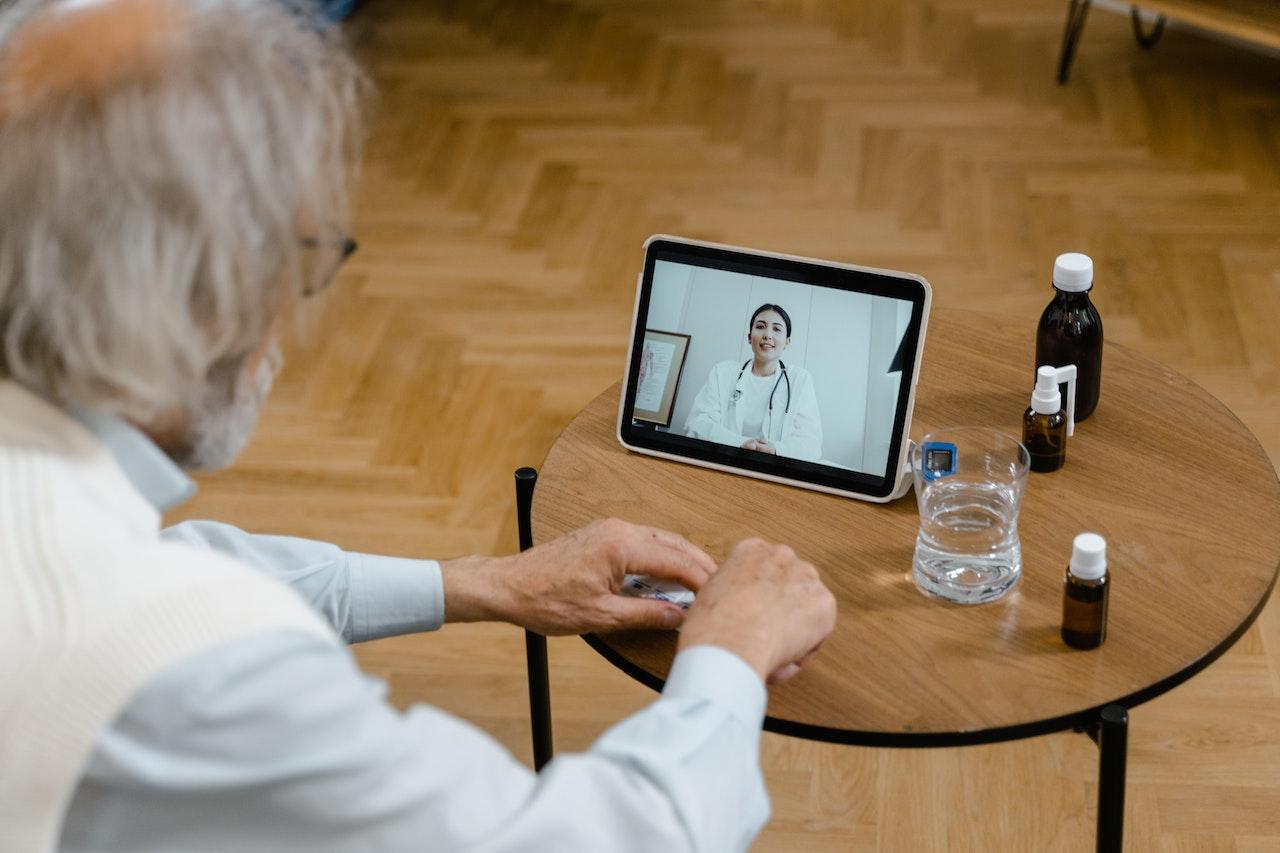Technology may change healthcare services and improve patient care in the modern digital era. Modern technological advancements have the potential to greatly enhance healthcare results, from reducing administrative procedures to reinventing patient treatment and diagnostics. This essay will examine five significant areas where the application of contemporary technology might improve healthcare services.
Robotics and Automation in Healthcare
Automation and robotics in healthcare can completely change how patients are treated, and clinical procedures are carried out. Robots can help in surgical treatments by performing accurate, precise, and least-invasive operations. Additionally, they may automate routine operations like sample processing and drug delivery, which lowers the risk of human mistakes and frees healthcare workers to concentrate on more difficult and crucial facets of patient care. Exoskeletons with robots and prosthetics facilitate rehabilitation and improve mobility for individuals with physical limitations. Automation and robotics are used in healthcare to increase effectiveness, accuracy, and patient outcomes. Additionally, robots can now learn and adapt because of computer science and machine learning developments, enabling more individualized and responsive treatment.
Health Information Exchange and Interoperability
Linkage and health information exchange (HIE) are necessary for efficient communication and collaboration among healthcare providers. The sharing of patient data, including healthcare information, test findings, and treatment plans, is made easier by modern technologies. Healthcare organizations may enhance patient safety, decrease redundant testing, and improve care coordination using interoperable systems and standards.
Additionally, HIE allows combining data from numerous sources, including pharmacies and laboratories, giving patients a complete picture of their medical history. Better interoperability encourages cooperation, makes informed decisions easier, and improves care continuity. Additionally, cutting-edge technologies such as Fast Healthcare Interoperability Resource (FHIR) are making it possible for healthcare systems to communicate data in a more effective and scalable way, leading to better care coordination and better results.
Virtual Reality (VR) and Augmented Reality (AR) Applications
Medical training, patient education, and therapeutic treatments have all been transformed by virtual reality (VR) and augmented reality (AR). Medical students and other healthcare professionals may improve their training and surgical abilities by simulating genuine surgical operations in VR. Healthcare professionals can view patient anatomy during surgical operations or carry out guided interventions using augmented reality (AR), which overlays virtual data onto the actual environment.
VR and AR can help alleviate pain, mental health therapy, and rehabilitation by generating immersive and engaging worlds. These innovations expand educational opportunities, improve clinical judgment, and raise patient involvement and satisfaction. Additionally, exposure treatment using VR and AR can help treat individuals with phobias and post-traumatic stress disorder.
Big Data Analytics and Precision Medicine
By customizing treatment strategies for each patient, big data analytics and precision healthcare can potentially transform patient care. Healthcare professionals may find precise biomarkers, forecast illness risks, and create individualized therapies by evaluating vast amounts of personal information, including genomes, lifestyle variables, and treatment results. Additionally, big data analytics makes population health management possible, which identifies trends and patterns that guide public health programs and preventative actions.
Precision medicine provides targeted medicines, reducing side effects and enhancing therapeutic effectiveness. Healthcare businesses can provide accurate, patient-centered treatment and enhance health outcomes by utilizing big data analytics. Furthering precision medicine, integrating genetic data with electronic medical records and continuous tracking enables more precise diagnosis and individualized treatment choices.
Telemedicine and Remote Consultations
In rural and underdeveloped locations, telemedicine is seen as an innovation in healthcare delivery. Healthcare professionals may provide remote patient monitoring services, diagnose illnesses, and offer remote monitoring using video conferencing via digital platforms. Telemedicine removes geographic restrictions, decreases patient travel expenses and time, and enhances access to specialized treatment. It allows medical practitioners to assist patients with chronic diseases or limited mobility.
Remote consultations also make it possible to intervene quickly, provide follow-up treatment, and increase patient participation, improving patient satisfaction and improving health outcomes. Telemedicine platforms are developing to include new functions, including encrypted messaging, remote patient monitoring, and system connection with other healthcare organizations, offering a holistic virtual care experience.
Conclusion
In summary, current technology has the potential to revolutionize healthcare services across various fields. More effective and individualized treatment may be delivered thanks to robots and automation, health information sharing, virtual reality, big data analytics, and telemedicine. These developments boost healthcare sector innovation, increase access to treatment, and improve patient outcomes. By utilizing these technologies, healthcare companies may enhance patient experiences, streamline processes, and enhance overall healthcare results.



